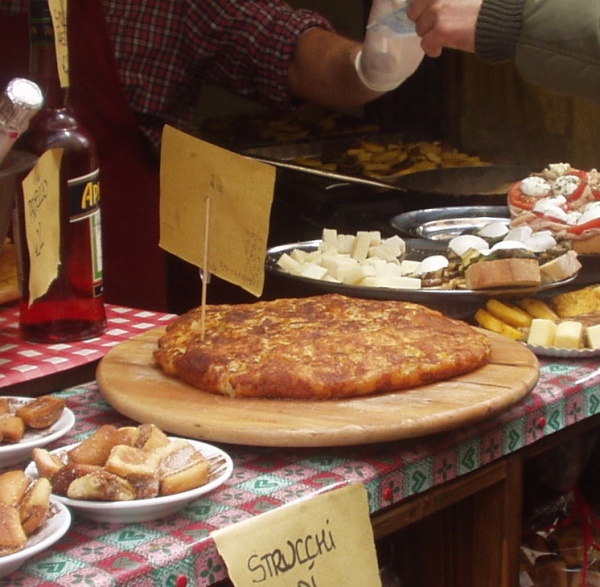Facts About Frico
Frico is a cherished traditional dish from the Friuli Venezia Giulia region in northeast Italy. It is a delicious blend of heated cheese, often combined with potatoes. Originally, it was ingeniously created as a way to use up cheese rinds in a region that faced economic challenges. There are two main variations of frico: a soft, thick version served in slices, and a thin, crispy version often used as a garnish or appetizer. The soft version has a rich history, while the origins of the thin version remain a subject of debate.
The earliest known recipes for frico date back to around 1450 and were crafted by Maestro Martino, who was the cook for the chamberlain of the Aquileia patriarch. Frico bears a resemblance to the Alpine dish rösti, sharing its comforting and hearty qualities.
Making frico is fairly straightforward. For the soft version, you typically need a high-fat cheese like Montasio. This cheese is mixed with potatoes, onions, and sometimes other vegetables. The mixture is then cooked in a pan until the cheese melts and the edges become crispy. For the thin version, shredded cheese is spread out in a layer and molded into various shapes while it is still warm.
Although Montasio is the traditional cheese for frico, other varieties such as Asiago or even a blend of different cheeses can also be used. Frico is typically served with polenta and pairs wonderfully with a robust red wine.
Despite its deep roots in the Friuli region, frico has not become widely known, even within Italy. However, it did receive some well-deserved attention in 2013 when Luca Manfè prepared it during the semi-finals of the fourth season of the TV show MasterChef, bringing greater recognition to this delectable dish both in Italy and the United States.

 Slovenia
Slovenia